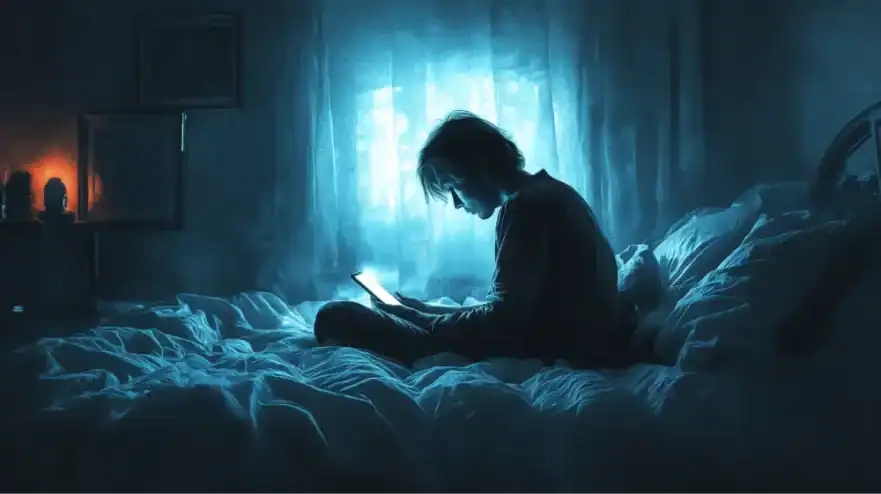We are more connected than ever. And lonelier than ever. AI friends promise to fill the gap, yet even with 24/7 companionship, we are living through the loneliest era on record.
This is the paradox of our moment. Infinite digital companionship. Persistent loneliness.
Below is what pulls people toward AI companions, why that pull often deepens isolation and what actually heals. We will also show how therapy fits in earlier, not just at the very end.
The Loneliness Problem, Briefly

Loneliness isn’t just a feeling. It increases the risk of early death by nearly a third, on par with smoking 15 cigarettes a day. Surveys show over half of U.S. adults feel lonely, with nearly 80% of Gen Z reporting it.
This isn’t a personal flaw. It’s a public health crisis.
The hidden weight of loneliness is shame. To admit “I’m lonely” can feel like confessing you’re unworthy or unlikable. Many people stay quiet, not because they aren’t hurting, but because they’ve mistaken loneliness for a personal defect.
Therapy helps dismantle that myth. Loneliness is a signal, not a verdict — a call for connection, understanding and care.
Naming it out loud is often the first step toward relief. It can mark the beginning of a journey back to steadiness, inner peace and genuine belonging.
Why People Turn to AI Companions
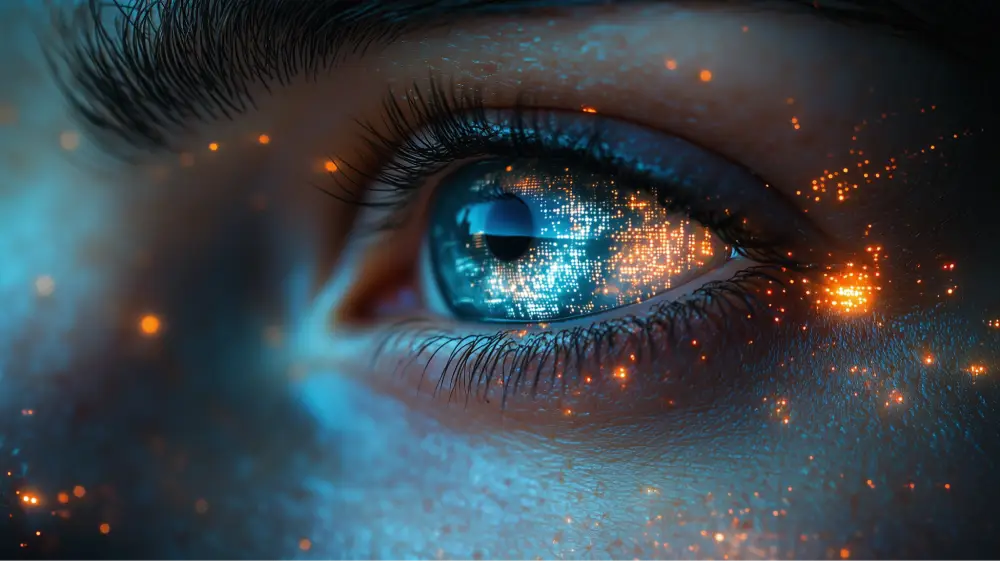
It’s easy to see why so many turn to bots when human closeness feels scarce.
- Always on. A bot will respond at 2 a.m. when no one else picks up.
- Low risk. No judgment. No awkward pauses. Easier to say the unsayable.
- Quick relief. Prompts, breathing tips, soothing words.
- Affordable. Free or low‑cost compared to most care.
For someone who feels unseen, the appeal is obvious. In a lonely night or during a long wait for care, an AI companion can feel like a lifeline.
But quick relief is not the same as real repair.
AI can distract you from loneliness for a while. Therapy helps you face it, understand it and build the connections that last.
Can AI Companions Really Replace Therapy?
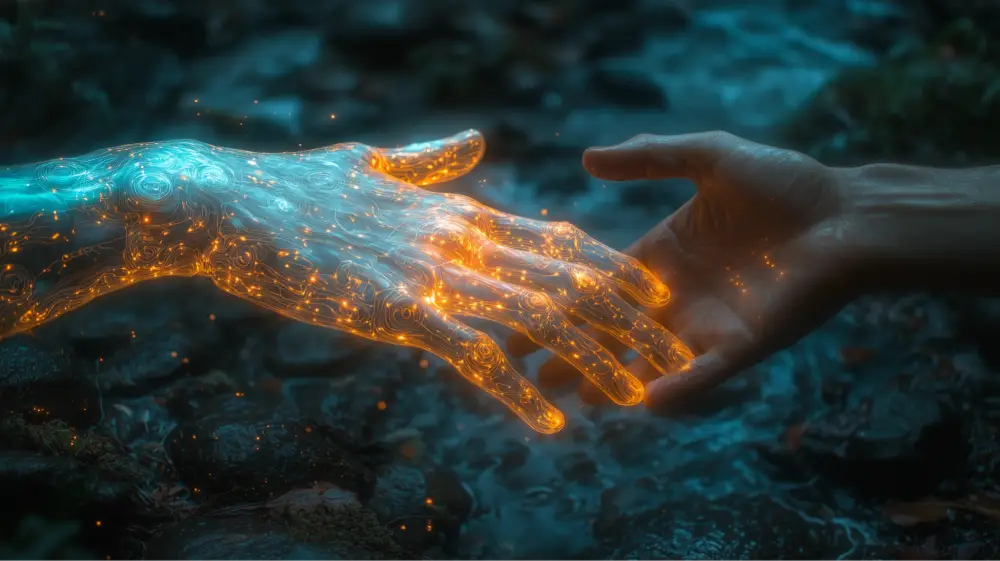
Short answer: no.
Bots can simulate warmth. They cannot co‑regulate your nervous system, challenge distortions in real time or build the kind of reciprocal accountability that changes how you show up in the world.
AI can mimic empathy, but it can’t change your biology. When you sit with another human, your nervous systems literally sync.
Human touch and eye gaze can trigger the release of oxytocin and reduce cortisol, calming the stress response. This process, called co-regulation, helps stabilize heart rate and reduce cortisol — changes no bot can reproduce.
Therapy leverages this biological wiring to restore a sense of safety in connection. Over time, your body learns that being with another person is not only safe, but healing.
Looking For Therapy?
Start Healing Today.
212-960-8626
AI companions aren’t built for healing. They’re built for engagement.
Like social media, their core incentive is not your well-being, but your attention. The longer you chat, the more valuable you are as a user. That’s why many AI companions are designed to soothe.
AI companionship is emotional fast food: engineered to hook you, satisfying in the moment, but leaving you emptier over time.
Real relationships and therapy are the nourishing meals your nervous system needs. They take effort, ask for honesty and leave you steadier for the rest of your life.
Why AI Friends Can Make Loneliness Worse
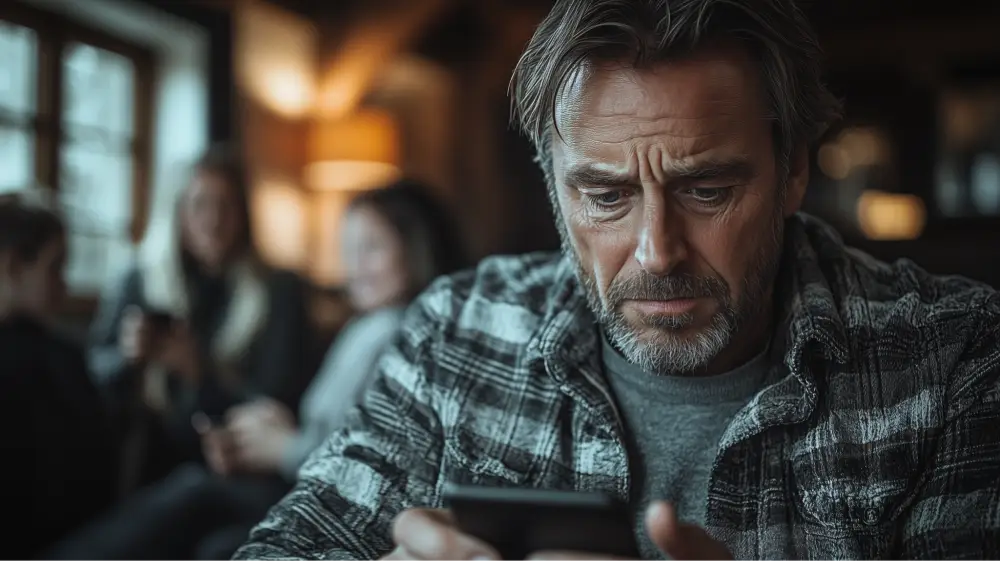
What begins as harmless support can end up reshaping how you relate to people — and not for the better.
- The illusion of intimacy. AI feels like closeness, but it’s salt water for the soul — it quenches for a moment, then leaves you more thirsty.
- Safety gaps. Bots can’t see nuance. They can miss warning signs, reinforce distortions or even give dangerous advice.
- Substitution. What starts as “just for support” can become the main outlet, crowding out the harder, but far more nourishing, bonds with real people.
At first, many people use AI companions as a supplement; a place to vent late at night or a stopgap while waiting for therapy. But over time, the ease of AI can quietly replace harder, but far more nourishing, human bonds.
If you’re noticing your AI chats leave you emptier, that’s your signal to reach for a real connection. A weekly session with a therapist can be that anchor.
What Actually Heals Loneliness

The antidote to loneliness isn’t infinite digital companionship. It’s grounded, regular human connections. And weekly therapy is one of the best ways to build that.
- Small, repeated human contact. Daily touches of connection reset your baseline.
- Relationships with accountability and repair. Belonging where you are missed, challenged and supported.
- A therapeutic relationship that strengthens both. A weekly conversation that names patterns, builds skills and becomes practice ground for the bonds you need most.
One of the most powerful aspects of therapy is the relationship itself. Unlike AI, a therapist doesn’t just listen; they respond, challenge and repair when things get hard. That back-and-forth becomes a kind of practice ground for real life.
When you risk honesty with your therapist and still feel accepted, you begin to believe that honesty might be safe outside the room too.
When conflict or misunderstanding arises and gets repaired, you build trust that repair is possible elsewhere.
And the stakes are high. Decades of research show people with strong social ties live 50% longer than those without them — a survival effect bigger than quitting smoking or exercising daily. Therapy helps build those ties by grounding you in accountability, belonging and the practice of real connection.
Use AI Without Losing Your Humanity
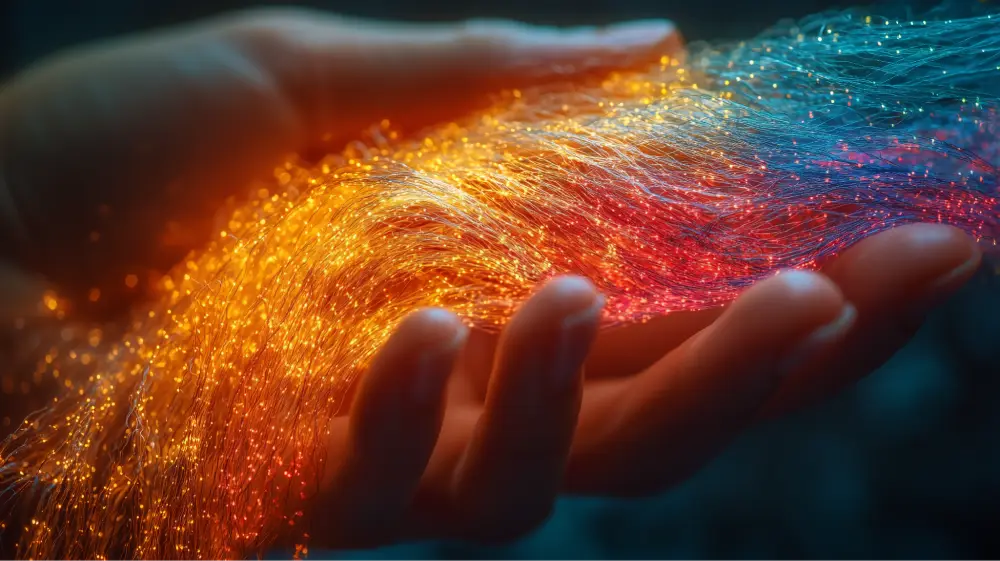
AI can be a useful side tool, like a journal that talks back. But when it starts replacing human contact, it stops helping.
Use these practices to draw the line between helpful tool and unhealthy replacement:
- Use it as a tool, not a stand‑in. Prompts for journaling, reminders, skills practice. Keep the deepest work with humans.
- Set limits. Cap chats to 30–60 minutes per day and avoid late‑night marathons.
- Reality‑check advice. Run any significant guidance by a therapist or trusted person before you act.
- Invest in two human touches a week. Coffee with a friend. A call to family. A group you attend in person. Put it on the calendar like any other appointment.
- Notice the aftertaste. If you feel more isolated after long AI chats, treat that as data and rebalance toward real connection.
The Therapy Advantage in the Age of AI

AI can talk forever. It cannot offer you the felt experience of being seen by another human being and staying in that contact when it gets uncomfortable. That is the work that rewires loneliness at the root.
Week after week, real human contact with a compassionate therapist calms your nervous system, challenges your blind spots and helps you build bonds that no bot can teach you to sustain.
Therapy gives you:
- Co‑regulation. A steadier nervous system through repeated experiences of safety with another person.
- Honest mirrors. Gentle challenge when you avoid, distort or withdraw.
- Practice and repair. Boundaries, truth‑telling and reconnecting after rupture.
- Accountability. Goals you agree to and someone who helps you uphold them.
Conclusion: Choose What Actually Fills You

AI companions are here to stay. They can soothe and teach. They cannot replace people. Endless chatting can feel like connection, then leave you emptier. Therapy, community and real relationships are what create the steadiness that lasts.
Loneliness isn’t just personal; it’s cultural. Rising rates are tied to urbanization, declining community and the constant scroll of digital life. Therapy can’t fix those systemic shifts on its own, but it can equip you to navigate them.
Therapy helps you rebuild belonging in small, intentional ways, notice when your environment is isolating you and take action to reconnect.
If you are lonely, reach for what truly nourishes you. Start with one honest human conversation this week. If you want a place to practice and strengthen that connection, therapy is one of the safest places to begin.
AI may talk forever. But it will never look you in the eye, sit with your silence or help you feel truly seen.
Only human connection can do that. And if you need somewhere to begin, therapy can be that anchor.
